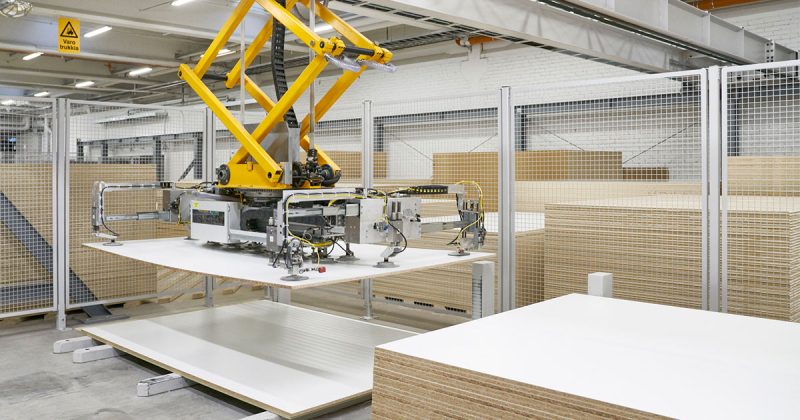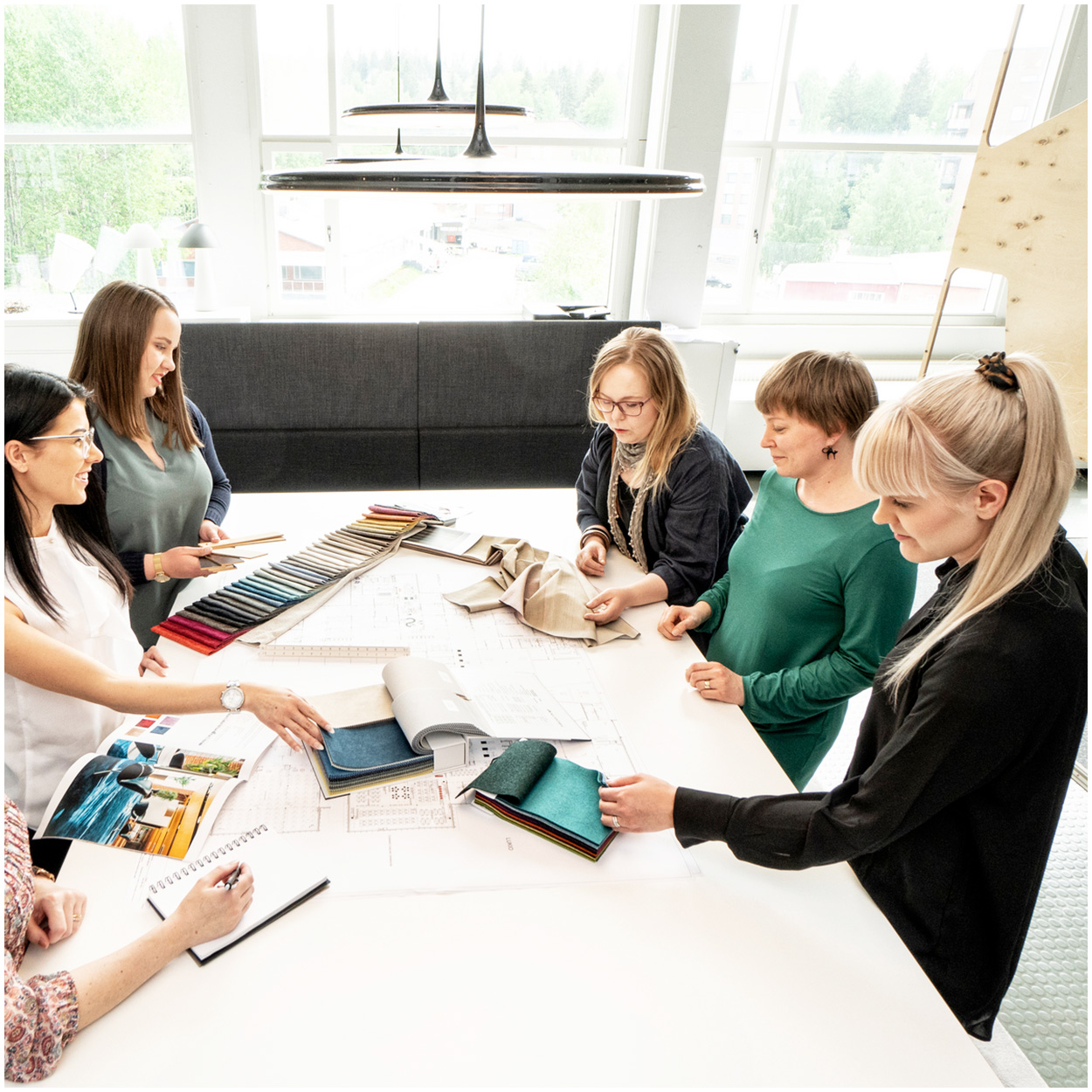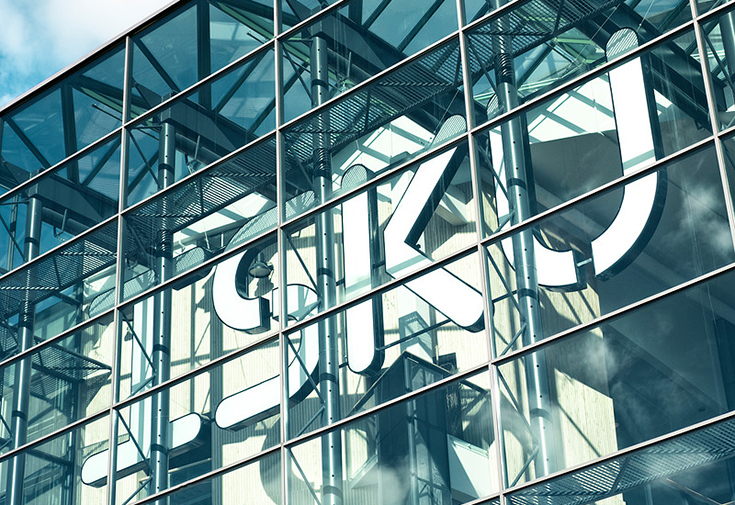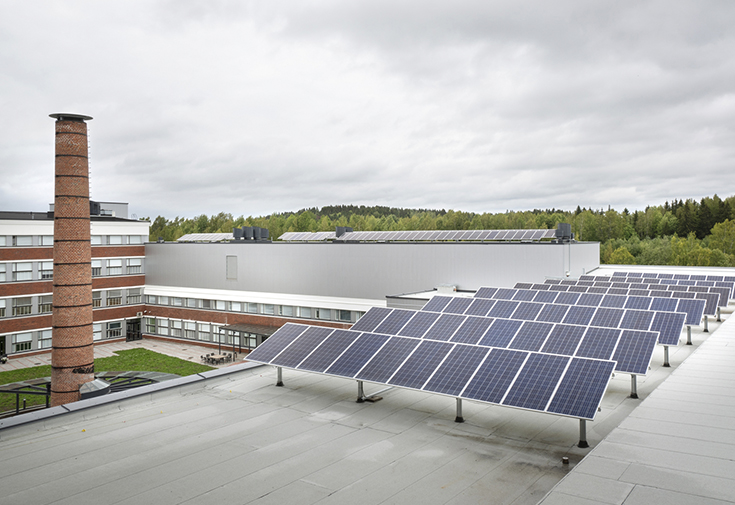Observations on the results
ISKU’s environmental responsibility is based on meeting the expectations of customers and stakeholders and exceeding the requirements of environmental regulations and legislation. Below we introduce actions that are done to reduce the carbon footprint and notes about the results.
• Since the beginning of 2021, ISKU has switched to using 100% renewable Greene energy in almost all of its offices in the Lahti factory and stores throughout Finland. Therefore, the carbon footprint of electricity is only 2% of the total carbon footprint of the ISKU.
• Energy efficiency measures have been taken systematically in production, where scope 1 and scope 2 emissions have been low. The measures taken include the renovation of building automation, the modernisation of ventilation, the transition to LED lighting and the renewal of sawdust removal.
• The carbon footprint of raw material transport is small because procurement is concentrated in Finland. The guideline is that at least 75% of procurements are made in Finland and 98% in the EU.

• The transport of raw materials to the factory and the transport of finished products to the customer are carried out in an environmentally friendly manner. We received accurate emissions reports from all transport companies. For example, delivery company Posti offers customers a carbon-neutral transport service achieved through emission reductions and compensation, so Posti’s transport did not cause any emissions to ISKU. In addition to diesel, transport and installation company Niemi Palvelut uses biogas and electricity as fuel in its transport, so this reduces the emissions caused by company’s transport.
• Numerous measures have been taken to minimise waste and surplus according to the waste hierarchy: for example, all production waste containers are RFID-coded and new applications are actively being sought for the surplus material. Lovia produces bags from leather surplus. Kivikko product family is made from a foam cutting residue.

• Investments have been made in the development of the furniture packaging line in order to minimise material consumption in the packaging. For example, the development of chair packaging means that 20,0 00 kg less plastic is consumed annually.
• Most of the carbon footprint comes from the indirect emissions of scope 3 (85%). The materials used in the products come up to 65% of the ISKU carbon footprint.
During 2022, we will review the remaining carbon footprint emission reduction opportunities per category. The climate road map will help to build the path towards carbon neutrality and set concrete science-based targets for it.
Total material emissions
The most significant emissions were caused by the manufacture of wool. The sheep’s methane emissions must also be taken into account for wool emissions, because sheep are bred for wool. Leather products, for example, do not have to take into account a cow’s methane emissions, because the leather is obtained as a side stream in the food industry and methane emissions are taken into account in the primary use, i.e., the emissions of food. As a result, the emission factor of wool is significantly higher than that of other materials. In quantitative terms, wool was not the most important material used, but, for example, furniture board is used in many times the amount of wool, but because the emission factor of wood is very small, its emissions do not rise higher than wool.
- 29% wool
- 21% furniture panels
- 12% plastics
- 11% foam plastics
- 10% aluminium
- 7% steel
- 5% polyester
- 4% plywood
- 1% varnishes, paints and adhesives

Need any assistance? Get in touch with your inquiry!
Contact us


